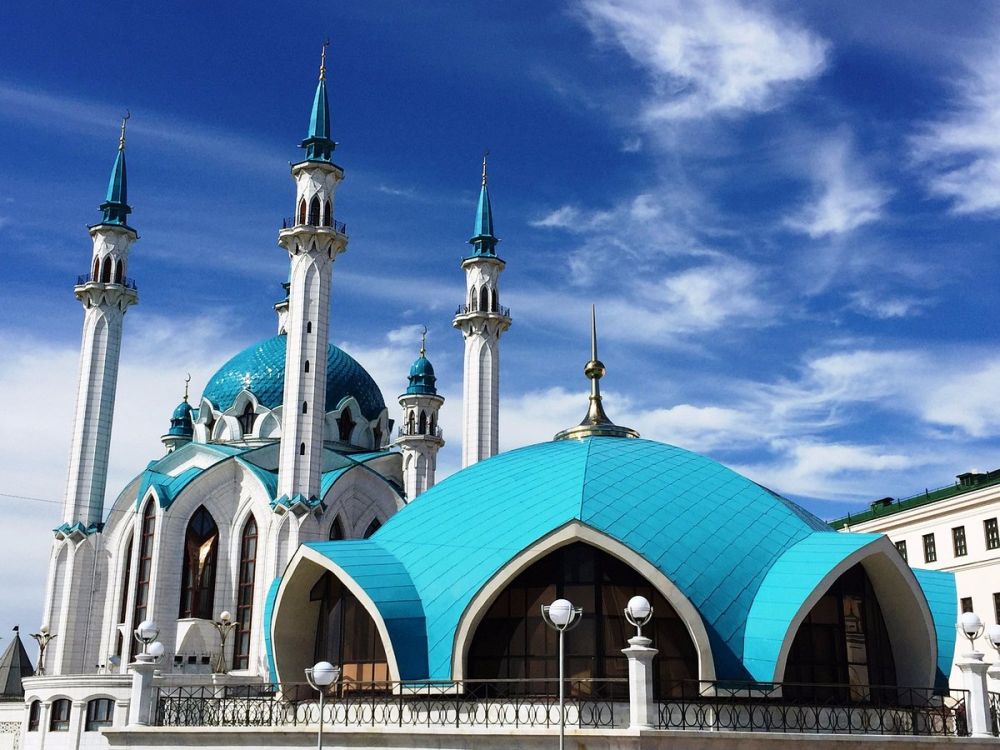

The Kazan Kremlin stands as a hallmark of the city's rich and diverse history, reflecting a blend of Tatar and Russian influences. Its history stretches back to the Islamic period of the Volga Bulgar civilization. However, the current stone Kremlin was built during the time of Ivan the Terrible after the conquest of the Khanate of Kazan in 1552. This marked the region's inclusion into the Russian Empire and the beginning of a new era in its cultural and political history. With its stunning architecture and historical significance, it comes as no surprise that Kazan Kremlin quickly became a point of interest for travelers and historians alike.
The tourism history of Kazan Kremlin gained significant momentum in the latter part of the 20th century. Following extensive renovations for its preservation, the complex was included in the UNESCO World Heritage List in 2000, a move that has since dramatically increased its visibility and attractiveness to tourists from all around the world. This prestigious status acknowledges its exceptional cultural value, featuring elements of Orthodox Christian and Islamic architecture, thus symbolizing a confluence of cultures that is particularly unique to the region.
Visitors to Kazan Kremlin can explore landmarks such as the Annunciation Cathedral, the majestic Söyembikä Tower, and the Kul Sharif Mosque, which is named after a renowned Islamic scholar and serves as a symbol of the religious harmony in Kazan.
In recent years, tourism trends at Kazan Kremlin have been shaped by the growing digitalization and the quest for authentic cultural experiences. There has been a noticeable increase in interactive and engaging tour options, including virtual tours that cater to those who cannot visit in-person. For on-site visitors, multilingual guided tours and audio guides have become increasingly popular to enhance the learning experience.
Another significant trend is the rise of thematic festivals and events being held at the Kremlin, which attract both locals and international visitors. These events often celebrate the multicultural heritage of Tatarstan, with a blend of Tatar, Russian, and other ethnic festivities.
Furthermore, sustainable tourism practices are being integrated into the management of this historic site. Efforts to preserve the integrity of the Kremlin's architecture while accommodating growing numbers of tourists have become a priority. This involves maintaining a balance between conservation, visitor access, and the enrichment of the local economy through tourism.
Social media has also greatly influenced tourism trends at the Kazan Kremlin, with many visitors sharing their experiences on platforms like Instagram and Facebook. This digital word-of-mouth not only helps to attract more visitors but also allows people to discover the lesser-known aspects of the Kremlin's history and its expansive grounds.
In conclusion, the Kazan Kremlin remains a vibrant centre of cultural heritage and a dynamic destination for tourists. Its resilient history and evolution in the face of modernity continue to draw curiosity and admiration from around the globe, ensuring that its legacy as a historical and cultural landmark will be preserved for future generations.